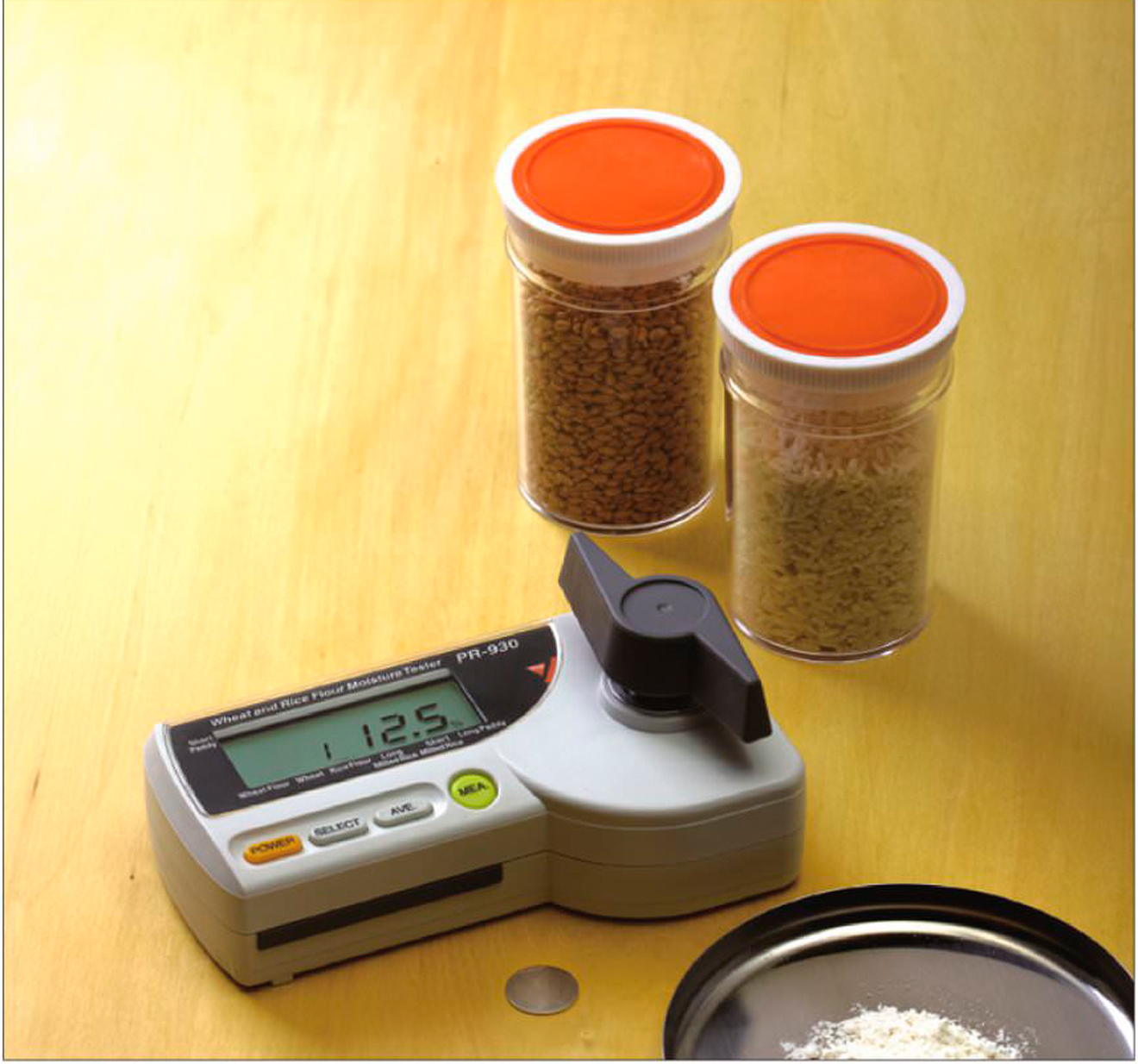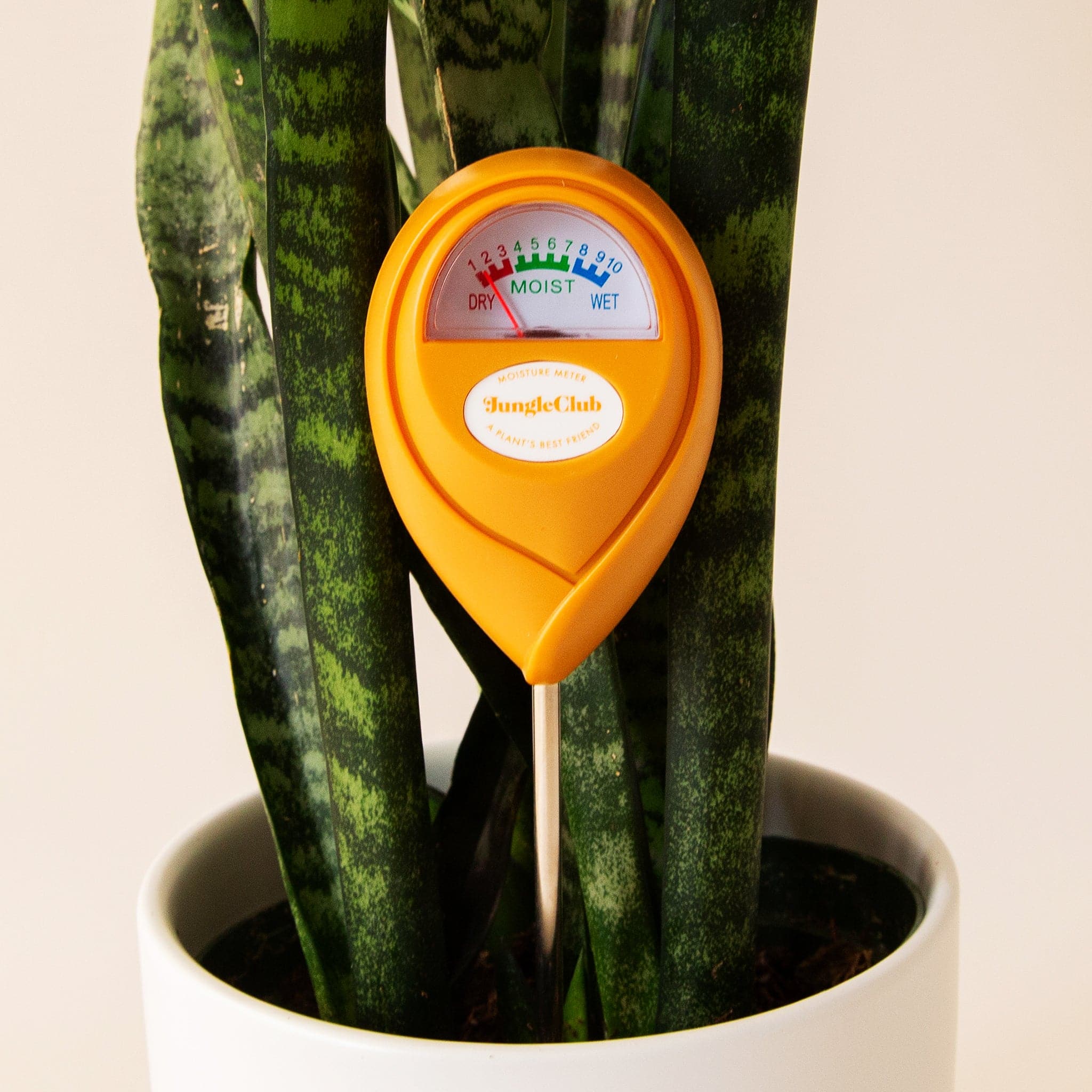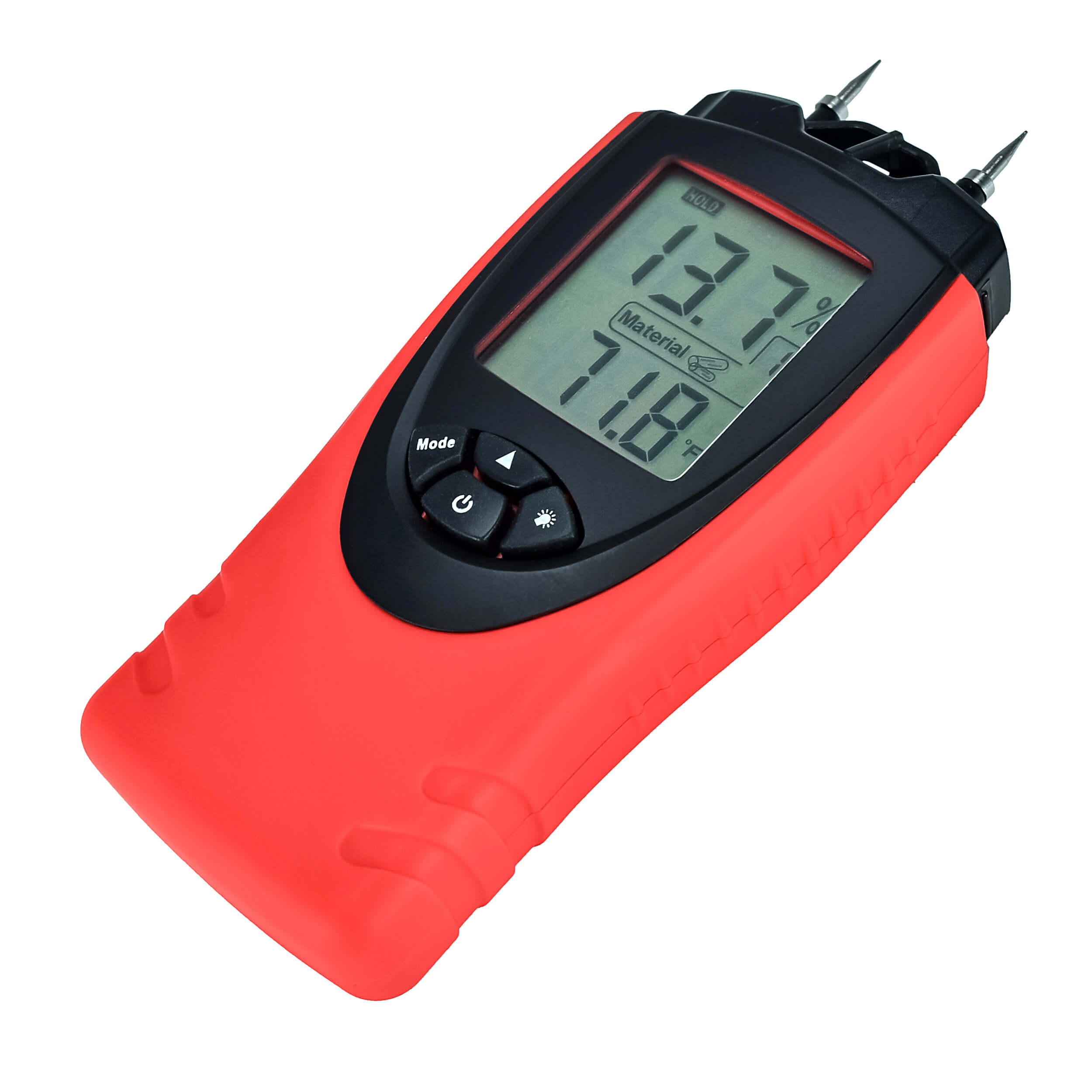Leading 10 Advantages of Using a Moisture Meter for Exact Measurements in your house
Comprehending the Value of a Moisture Meter in Preventing Mold and Water Damage in Your Home
In the realm of home maintenance, the existence of wetness can typically be a quiet yet powerful adversary, capable of triggering pervasive mold growth and perilous water damage if left untreated. In the middle of the relaxing atmosphere of a home, concealed dampness problems can brew below the surface, posing a threat to both building and wellness. Equipped with the right devices and expertise, house owners can proactively fight these potential hazards. Recognizing the relevance of a wetness meter in this battle is not just a choice however a tactical necessity.
Value of Moisture Detection
Effective dampness detection techniques are essential for guarding properties and stopping possible mold growth and water damages. Dampness can seep into numerous structure materials, causing architectural issues and health and wellness threats. By using a moisture meter, homeowner can proactively recognize locations prone to excess moisture, enabling for timely treatment and reduction approaches.
Moisture meters offer precise readings of wetness degrees in various products such as drywall, concrete, and wood. This information helps in pinpointing areas of issue, even in hard-to-reach or concealed areas. Early discovery of dampness buildup makes it possible for punctual repair services or changes to avoid additional damage.

How Moisture Meters Job
Moisture meters play an essential role in the aggressive identification of excess wetness, aiding in the prevention of possible mold development and water damages by supplying exact readings of wetness degrees in various building products. These devices work based on various principles, depending upon their kind. Moisture Meter. Pin-type moisture meters, for example, have two pins that penetrate the material to determine the electric resistance in between them. When moisture is present, it improves the material's conductivity, bring about a lower resistance reading. Pinless moisture meters, on the other hand, usage electro-magnetic sensing units to check the material without causing damage. These sensors send out electromagnetic signals that penetrate the material and measure the dielectric buildings, showing moisture content. Some advanced moisture meters pin both integrate and pinless innovations for thorough dampness discovery. Recognizing how moisture meters feature is essential for prompt and exact dampness degree evaluations, allowing efficient safety nets against mold and water damage.
Finding Early Warning Indicators
Upon preliminary inspection of a residential or commercial property, identifying subtle indications of excess moisture comes to be important in the very read the article early detection of possible mold growth and water damages. Some common very early indication consist of moldy smells, water stains on ceilings or walls, peeling paint or wallpaper, and deformed or stained surface areas. Musty odors usually indicate the visibility of mold or mold, also if no visible indicators appear. Water discolorations can indicate leaks or infiltration, while peeling off paint or wallpaper may be an outcome of moisture compromising the adhesion of these materials to the surface area. Deformed or discolored surfaces, such as twisting floorboards or tarnished drywall, are clear indicators of water damage. Additionally, an increase in allergy signs or respiratory system issues among residents may suggest the existence of mold and mildew due to excess wetness. By immediately recognizing and resolving these very early caution signs, property owners can alleviate the danger of substantial mold and mildew growth and water damage in their buildings.
Avoiding Mold Development
Acknowledging very early warning signs of excess wetness within a residential property not only enables punctual detection of possible mold development and water damage however also offers as a proactive procedure in preventing the spreading of mold. To successfully prevent mold and mildew development, it is vital to address any type of resources of moisture immediately.
Along with attending to moisture resources, keeping indoor moisture degrees below 60% can substantially hinder mold growth. Appropriate air flow, adequate insulation, and utilizing air conditioning unit or fans can assist manage interior humidity levels. Checking moisture levels in areas susceptible to wetness, such as cellars and crawl spaces, using a wetness meter can additionally assist in very early discovery of raised wetness degrees and possible mold growth. By taking positive procedures to protect against excess dampness and mold and mildew development, homeowners can safeguard their home and indoor air high quality.
Benefits of Regular Surveillance
Routine tracking of dampness degrees in a home can play click this link a critical role in preserving a healthy and balanced interior setting and preventing potential mold and water damage. By on a regular basis examining dampness degrees, homeowners can spot any type of problems immediately and take needed activities to protect against mold and mildew development and water damages.
Additionally, regular surveillance enables homeowners to track patterns and fads in moisture degrees over time. Ultimately, the regular monitoring of dampness levels encourages property owners to shield their building, protect their wellness, and preserve the stability of their indoor atmosphere.

Final Thought

By using a moisture meter, property owners can proactively identify areas prone to excess wetness, allowing for prompt intervention and reduction strategies.

Keeping an eye informative post on wetness levels in areas susceptible to moisture, such as basements and creep spaces, utilizing a moisture meter can also aid in early discovery of raised moisture levels and potential mold and mildew development. (Moisture Meter)